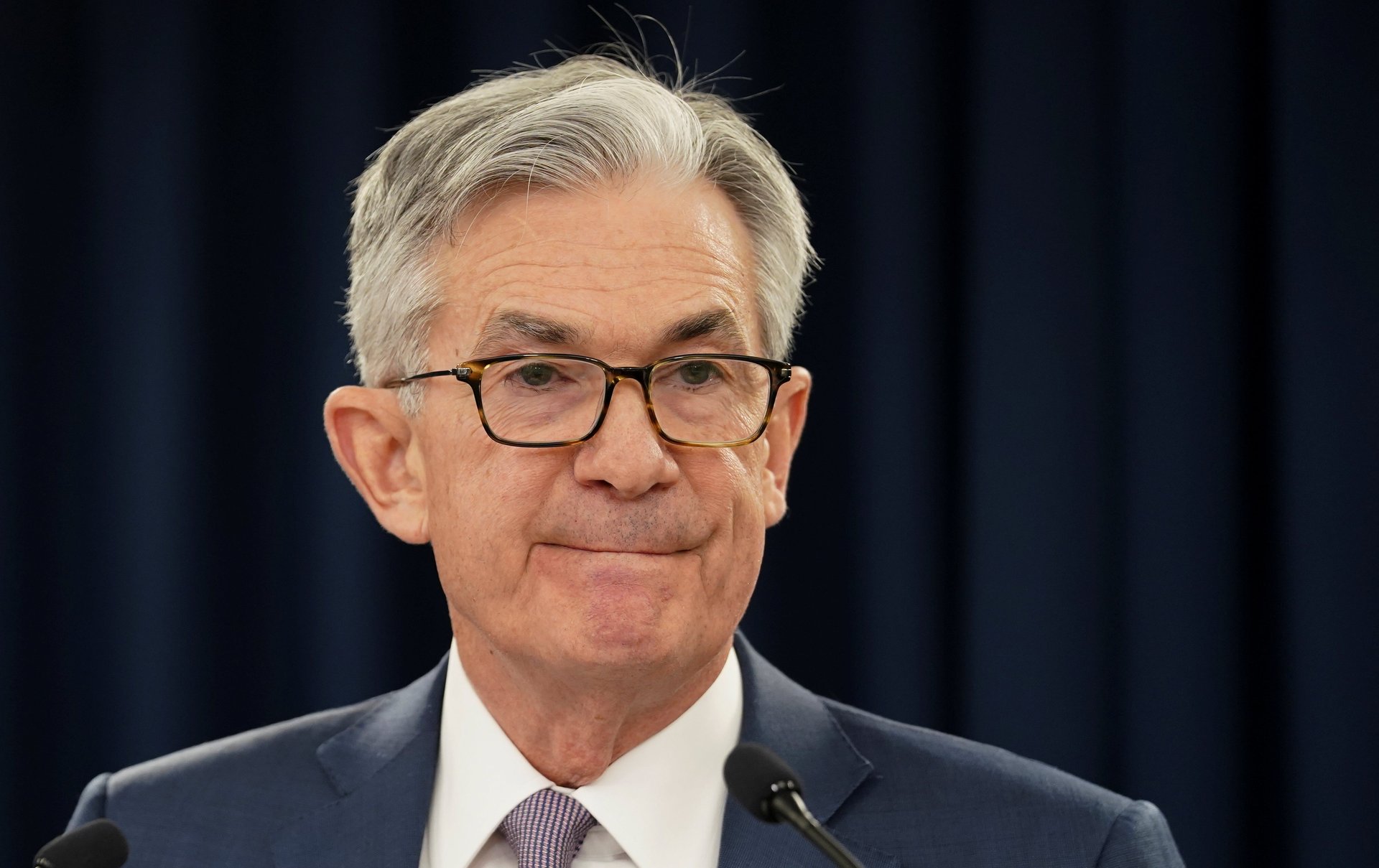US Treasury yields drop to the lowest level in 150 years
Interest rates are in new territory.


Interest rates are in new territory.
Ten-year US Treasury yields—the benchmark for global financing—got a shove below 1% after the Federal Reserve made an emergency cut to its target rate yesterday. It’s the lowest rate ever, according to records going back to 1871 compiled by Yale University economist Robert Shiller.
The Fed and other policy makers around the world are looking for ways to propel economic growth as Covid-19, the disease caused by the new coronavirus, sparks worker shortages and disrupts supply chains. G7 officials held a conference call yesterday to discuss a response, but it was the Fed that took action. Fixed-income traders expect Fed chair Jerome Powell to reduce the target rate, now set at 1% to 1.25%, even more in the near future.
The US central bank used up valuable ammunition even though policy makers know it is of limited use against a virus, Kit Juckes of Societe Generale wrote in an email. “The Fed watches for danger and cuts rates when it sees it,” he said. ”They’re not done cutting quite yet but the end is getting closer.”
What do these low interest rates mean? They could indicate that investors are worried that economic growth will stumble, which is why they are buying risk-free government bonds instead of things like stocks and corporate bonds that have the potential for higher returns. The MSCI World Index of developed market stocks fell 1.7% yesterday, according to FactSet data, while the S&P500 Index of US equities dropped 2.8%.
“Very low yields are either a testament to the aggression of the Fed or fear,” Sebastien Galy, senior macro strategist at Nordea Asset Management, wrote in an email. “For now, it is mostly fear.”
Emergency rate cuts have a mixed record, and it’s hard to predict how they will filter through markets and the economy. The Fed reduced rates in 1998 to prop up fixed-income markets after the collapse of hedge fund Long-Term Capital Management, writes Bloomberg’s John Authers. The stock market soared 50% during the next year and a half, but the move was later seen as mistake because it helped inflate the dot-com bubble. The emergency rate in January 2008 did little if anything to stifle an intensifying financial crisis.
The ramifications of ever lower interest rates will take time to discern. A likely outcome in the coming months is more expensive housing prices, buoyed by lower borrowing costs, according to investors and strategists. Lower rates can place strain on the banking system, as lenders make less money from the spread between their deposit rates and the loans they give out to customers. That decline in profitability can make the banking sector less dynamic over time.
It may also result in more corporate acquisitions, as executives take advantage of cheap financing to buy competitors, said Alberto Gallo, a portfolio manager at Algebris Investments. “It was a policy mistake,” Gallo said on the Fed’s decision. “Everyone on the investor side is pretty in line with this view.”